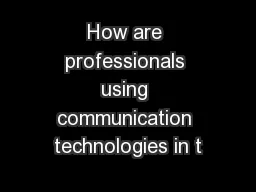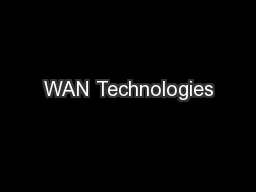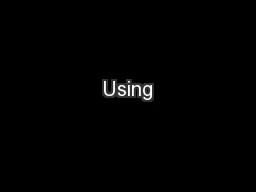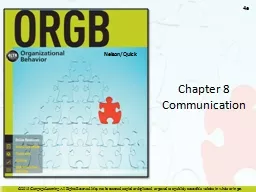PPT-How are professionals using communication technologies in t
Author : lois-ondreau | Published Date : 2016-07-26
Class interview project HU3840 Organizational Communication Spring 2010 Interview Guidelines Defining a professional S alaried employee or licensed contractor Position
Presentation Embed Code
Download Presentation
Download Presentation The PPT/PDF document "How are professionals using communicatio..." is the property of its rightful owner. Permission is granted to download and print the materials on this website for personal, non-commercial use only, and to display it on your personal computer provided you do not modify the materials and that you retain all copyright notices contained in the materials. By downloading content from our website, you accept the terms of this agreement.
How are professionals using communication technologies in t: Transcript
Download Rules Of Document
"How are professionals using communication technologies in t"The content belongs to its owner. You may download and print it for personal use, without modification, and keep all copyright notices. By downloading, you agree to these terms.
Related Documents














